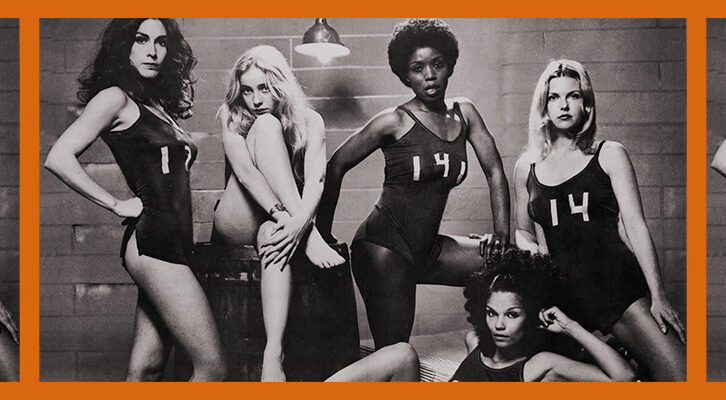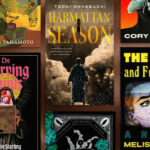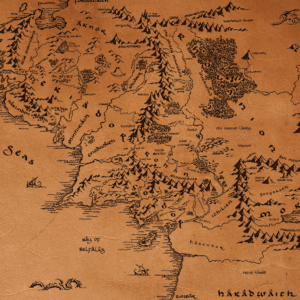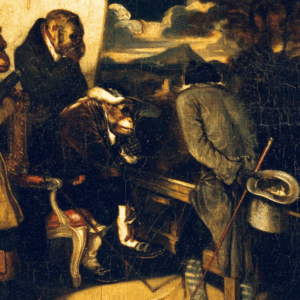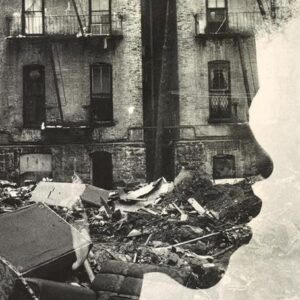
The Fact and the Fiction of Philly: Writing Place From Research, Memory and Intuition
Naomi Xu Elegant Offers Some Tips For Navigating the Tension Between Truth and Imagination
For nearly my entire life, the SS United States, a 990-foot-long, 80-year-old ocean liner that in 1952 broke the world record for the fastest transatlantic voyage by any ship, was parked on the banks of the Delaware River in South Philadelphia, accumulating rust.
But this February, despite dogged campaigning by the granddaughter of the ship’s designer and other supporters, the SS United States was evicted from its riverside spot and escorted by a fleet of diminutive tugboats to Mobile, Alabama, where it is being inspected and taken apart in preparation for its final journey to the bottom of the sea. (Off the coast of Florida, to be specific, to become the world’s largest artificial reef).
When I lived in Philadelphia, the ship was still there, immense as a tower block, and just as unmoving. Though its paint pitiably peeled and rust flaked like dandruff from its sides, the SS United States retained a solemn and shabby grandeur during its decades on the Delaware.
Facts may be used sparingly, liberally, or not at all, but they must never overpower a narrative.
I left Philadelphia in 2019 and moved across the world, to Hong Kong, to work as a journalist. I haven’t been back since the ocean liner’s abduction, so my memory is out of date, but I remember walking along the waterfront and staring at the ship, awed by the size of it, and by the mere fact of its presence—why the hell, I thought to myself, was this thing here at all? But it was a part of the city, and part of what made the city what it was: a scruffy and idiosyncratic delight.
My debut novel, Gingko Season, is set in Philadelphia, and the SS United States appears in the book. Part of the fun of writing Gingko Season was in conjuring a distant and beloved city that made such an impression on me when I lived there. In that sense, my novel is a love letter to Philadelphia and its beautiful and specific charms. It is a city where one can linger for hours in the streets, parks, rivers, and among the architecture; a city which, at least during the time the novel is set, had, for some reason, a slowly oxidizing colossus on its shores.
The author Robert Caro, who is not a novelist, writes in his quasi-memoir Working about the need to establish a “sense of place” in his books, which are works of meticulously reported nonfiction. While researching his biography of Lyndon Johnson, in order to capture the landscape and the poverty of the Texas Hill Country where Johnson grew up, Caro and his wife Ina moved to rural Texas for three years. A writer of fiction need not go to such extremes (though it might be fun to try). But the result of Caro’s dogged journalistic commitment is exquisite novelistic detail: as I sit here now, I can easily recall Caro’s descriptions of the treacherous soil of the Hill Country and the hellish heat of the wood-fired stoves in the Texas summertime that he writes about in The Path to Power. The precision and density of his descriptive prose, and the magnetic pull it exerts on the reader, is something I hope to achieve in my own fictional place-setting, and something from which all writers of fiction can learn.
While writing Gingko Season and trying to describe Philadelphia, I had thousands of contemporaneous photos stored on my phone, and all the riches of the Internet to fact check my memory and fill in what I didn’t know. For a journalist, these tools are invaluable, but for a novelist they are a double-edged sword. I adore the meaty detail of sensation (sight, smell, sound, you know the list) and the concreteness of fact (street names, snack ingredients, species of tree), but too much fealty to fact is dangerous. Facts may be used sparingly, liberally, or not at all, but they must never overpower a narrative; in the effort to evoke a sense of place, an overreliance on factual detail can blur the reader’s perception, or begin to resemble a guidebook entry.
The novelist enjoys a right that the journalist lacks—the right to invent, even in a work of “realist” or “historical” fiction, with glee and without compunction; the right to delay a solar eclipse by a year so that it appears in a single scene; the right to the gamut of imagination. In this mode of writing, one begs and borrows and steals from life—plagiarizing anecdotes, tweaking sob stories, uprooting trees and moving buildings hundreds or thousands of miles. Whatever the story needs, it will get.
Philadelphia felt distant…but in a way that helped. It gave me room to remember, to misremember, and, best of all, to invent.
At one point in Gingko Season I describe a casement window with colored panes through which the protagonist observes the changing afternoon light. That window is real, and it’s on Baltimore Avenue. But I also send my characters on walks I never took and into buildings that don’t exist. The novelist J.L. Carr, in the foreword to his masterful novel A Month in the Country, wrote: “Novel-writing can be a cold-blooded business. One uses whatever happens to be lying around in memory and employs it to suit one’s ends.” Carr lists a few scenes in the novel that “happened” in North Yorkshire, where he grew up and where the story takes place. But other things were transplanted from elsewhere in England: a church in Northamptonshire and a vicarage in London become a church and a vicarage in Yorkshire. The placeness of place in Carr’s novel is concocted by a mixture of retold, remembered experience and the addition and subtraction, wherever necessary, of good old made-up stuff.
So, too, the Philadelphia of Gingko Season is a Philadelphia of imagination and unreliable memory as much as it is the city as it “actually” existed in 2018-19. It is also a Philadelphia filtered through the eyes of an outsider, someone who was born and raised in a different country, stayed for a few years, fell in love (with people, sure, but crucially, with place), and then left.
A few months after I moved away, the pandemic began, and the prospect of a trip back to Philly became untenable. Quite suddenly there was a rift between the Philadelphia I knew and the Philadelphia I was hearing about from friends and on the news. I wasn’t there to see the silent, emptied streets of that first winter and spring, or the crowds of protestors and blocked highway traffic and teargas of the summer of 2020. A couple of years later I started writing Gingko Season. My task was to evoke a time-bound place, a place that no longer existed or never had. Philadelphia felt distant—geographically, temporally—but in a way that helped. It gave me room to remember, to misremember, and, best of all, to invent.
__________________________________

Gingko Season by Naomi Xu Elegant is available from W.W. Norton & Company.
Naomi Xu Elegant
Naomi Xu Elegant is a writer and journalist living in New York City. Her work has appeared in Monocle, Fortune, Atlas Obscura, and elsewhere.











